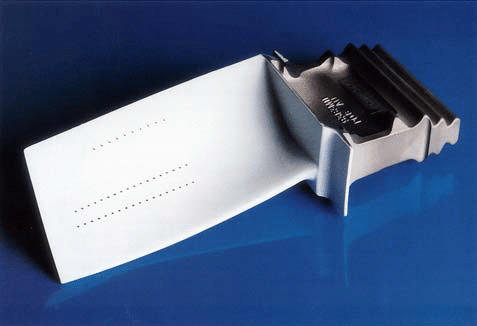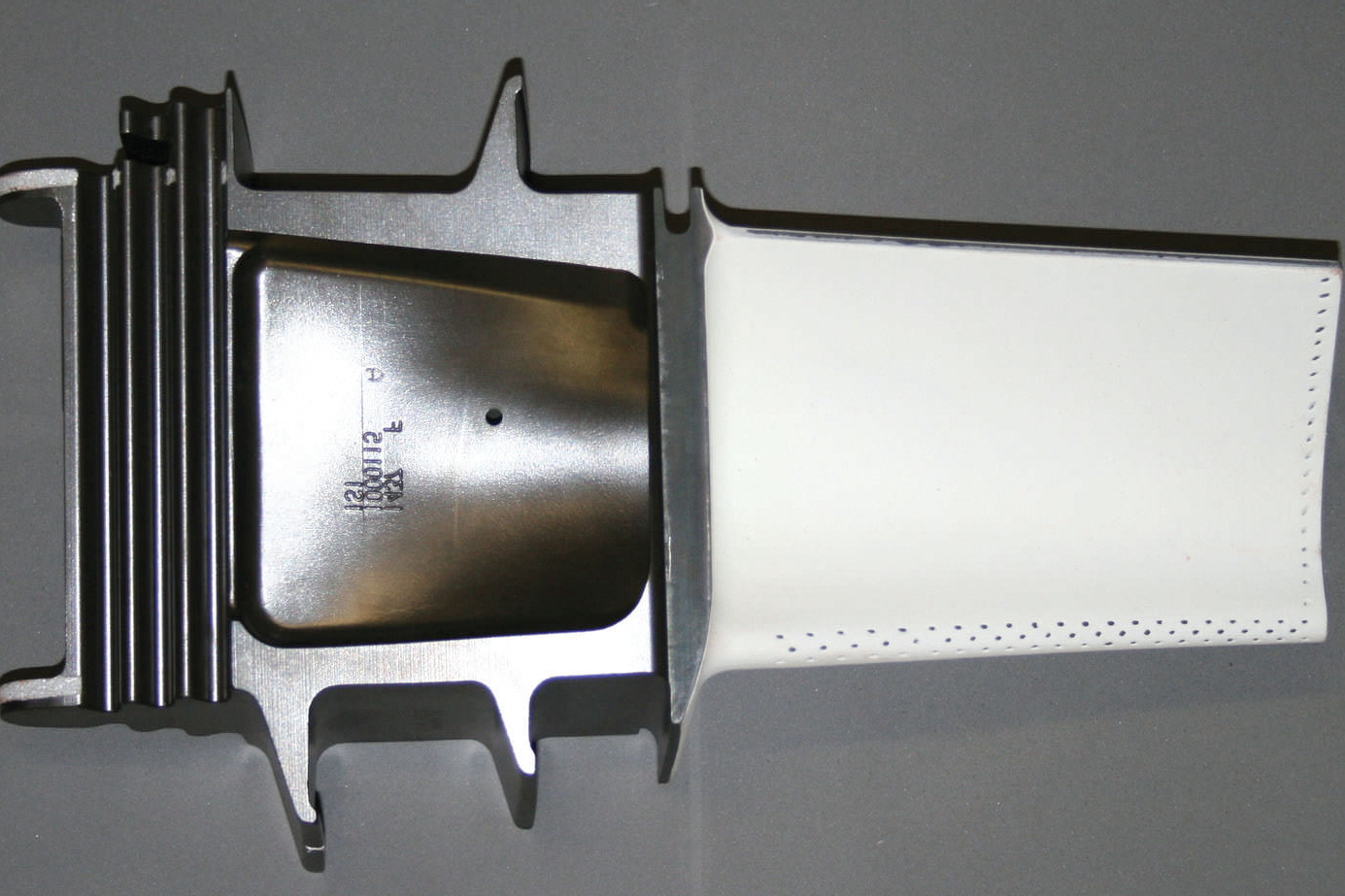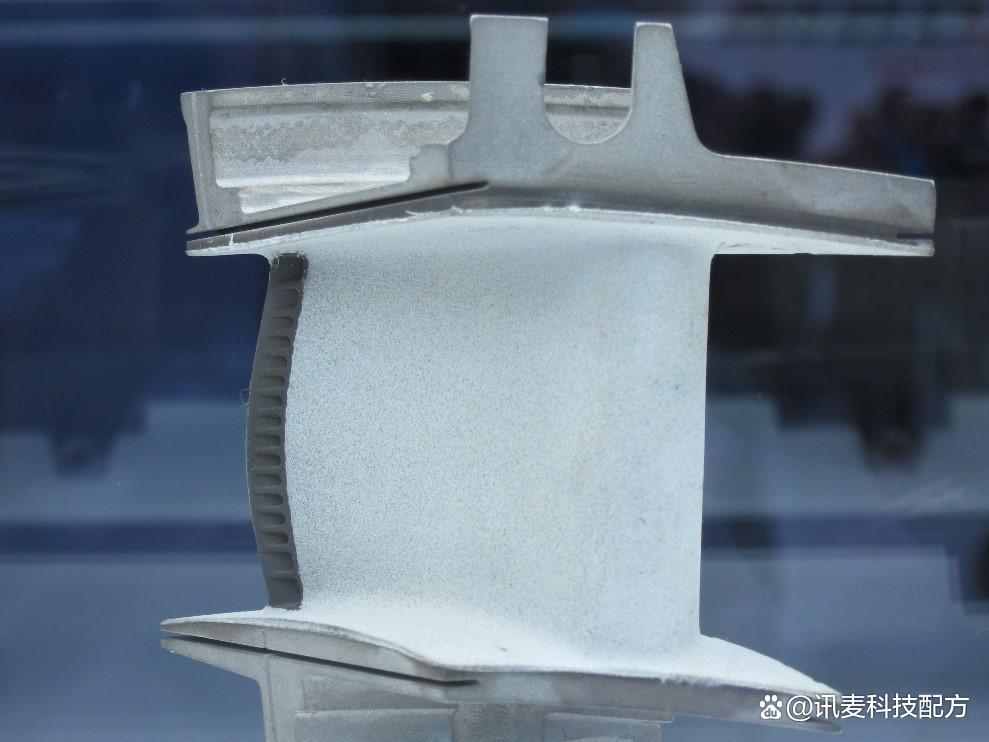What challenges are associated with the application of TBC coatings?
What Challenges Are Associated with the Application of TBC Coatings?
Adhesion and Thermal Expansion Mismatch
One of the primary challenges in applying Thermal Barrier Coatings (TBCs) is ensuring reliable adhesion between the ceramic topcoat and the metal substrate. Due to differences in the coefficient of thermal expansion (CTE) between TBC materials—such as yttria-stabilized zirconia—and base metals like Inconel 718 or Ti-6Al-4V, thermal cycling can lead to delamination or cracking at the coating-substrate interface. This is particularly critical in parts produced via Superalloy 3D Printing or Titanium 3D Printing, where surface energy and microstructure may vary by build orientation or post-processing condition.
Coating Porosity and Microcracks
Spray-applied TBCs often exhibit intrinsic porosity, which can benefit thermal insulation but also introduce weaknesses if not properly controlled. Excessive porosity, microcracks, or unmelted particles reduce coating cohesion and compromise high-cycle fatigue resistance. Ensuring consistent coating thickness and microstructure requires advanced deposition methods such as air plasma spray (APS) or electron beam physical vapor deposition (EB-PVD), both of which demand tight process control.
Complex Geometries and Accessibility
3D printed parts often feature internal channels, lattice structures, or non-line-of-sight features—especially in aerospace and energy applications. Applying uniform TBCs on such geometries is technically challenging. Conventional coating methods may struggle to reach internal surfaces or achieve consistent thickness, which can lead to localized overheating or material degradation.
Pre-Treatment and Surface Preparation
Surface condition plays a critical role in coating adhesion. Prior to TBC application, 3D printed parts must undergo cleaning, CNC machining, or sandblasting to improve surface roughness and bonding strength. Inadequate surface preparation can result in coating spallation during service.
Cost and Process Complexity
TBC application is an added step requiring specialized equipment and skilled operators. When combined with Heat Treatment, Hot Isostatic Pressing (HIP), and post-processing, it increases production cost and lead time. In high-volume or cost-sensitive applications such as automotive, manufacturers must evaluate whether the performance benefit justifies the additional investment.
Recommended Services to Overcome TBC Challenges
Neway supports TBC application with advanced pre- and post-treatment workflows to ensure coating reliability:
Material and Design Preparation:
Titanium 3D Printing: For geometries optimized for coating adhesion.
Superalloy 3D Printing: For parts designed to tolerate CTE mismatch.
Surface and Structural Optimization:
CNC Machining: Achieves uniform coating bases.
Sandblasting: Enhances bonding surface profile.
Thermal and Coating Services:
Thermal Barrier Coatings (TBC): Provides high-performance heat shielding with process control.
Heat Treatment: Balances mechanical properties before coating.
HIP: Ensures structural integrity prior to surface application.



